A/V Out Color count: 256
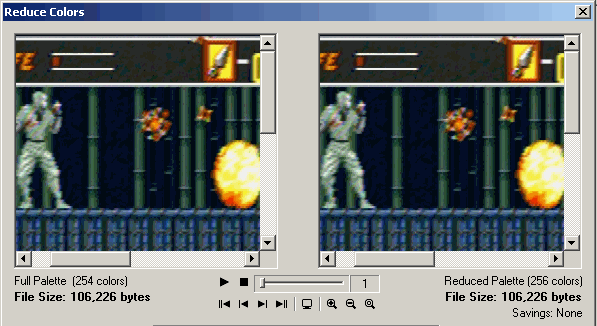
16 - bit sound samples - Compare Emulation to the real thing:
Right click to download, left click if web based media player is installed
(Quicktime, Realplayer, Windows Media Player)
Observations
Gens is very close in sound, and probably actually displays *exactly*
what the Genesis was producing graphically until it got output from the
system. However, some instruments in the music are slightly different
sounding, some are louder than they are on the actual console, sometimes
music glitches actually occur that weren't in the original, and overall any
shrill or high pitch sounds that were in the original cart are made that
much more sharp and hard on the ears in emulation, possibly due to the lack
of white noise or any other dampening interference that the original analog
signal would normally be accompanied by.
Similarly, the video output of an emulator displays the exact image in
digital perfection, meaning that things you couldn't or shouldn't have seen
before are clear as pixilated day. I'm sure opinions on which is better,
ultra-sharp, or blurred just right, will differ, but the developers made
these games with the blurring aspects of the video output in mind, and many
of the games take serious advantage of that blurring effect to create the
illusion of more colors. This effect is totally ruined by emulation, where
in the original a color transition appears to fade, in emulation it's
clearly dithered, and the plainly visible pixels expose the true color count
of the image, which ruins the image quality in more than a few cases. The
SNES had a software blurring technique that aided its "higher color" image
in much the same way, by blurring the overall image small flaws are
effectively not flaws at all, but deliberate workarounds of hardware/memory
limitations which effectively made these flaws not exist until emulation
came along.
So, the emulator is accurately translating the original code over to your computer,
but it is not addressing the issue of accurately recreating the original game's
total experience, especially if you don't have a similar control pad or joystick
to play the games with. Some emulation engines try to address this by blurring
colors together, and they sometimes succeed in making a better image for the
PC, but often times exasperate the differences in speed and framerate, and do
not succeed in recreating the original game's final image besides. I suspect
that many comments found online about 16-bit games, or specifically Genesis
games, not aging well are based on playing the game in non-original form through
emulation. The disenchantment these gamers feel is due to seeing a low resolution
image blown up way too big, accompanied by sound output that's is variable at
best.
Space Harrier II
X'Eye and 32X
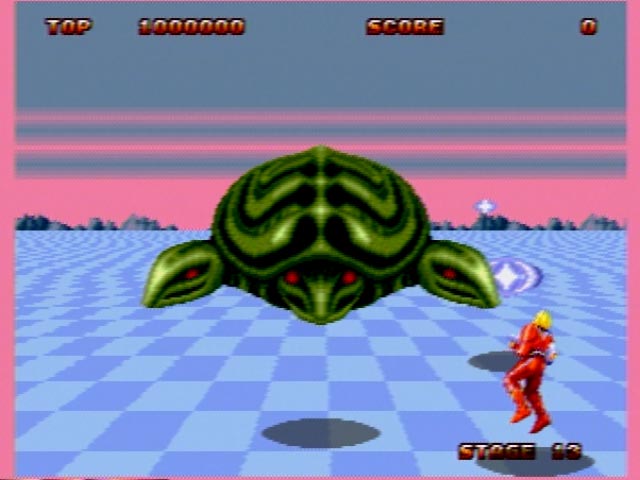
Gens
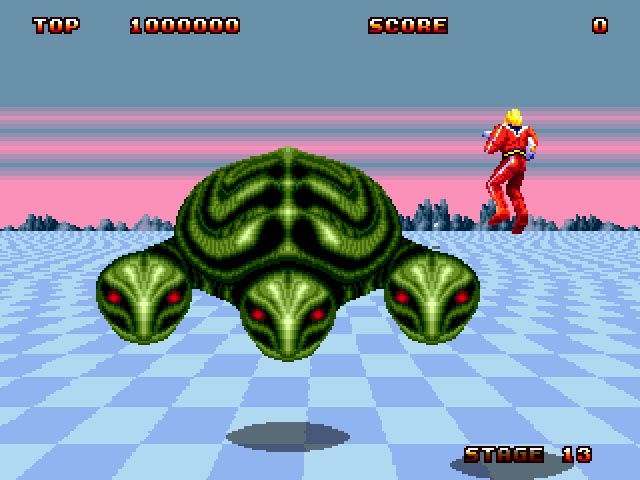 Revenge of Shinobi
Revenge of Shinobi
Genesis 1
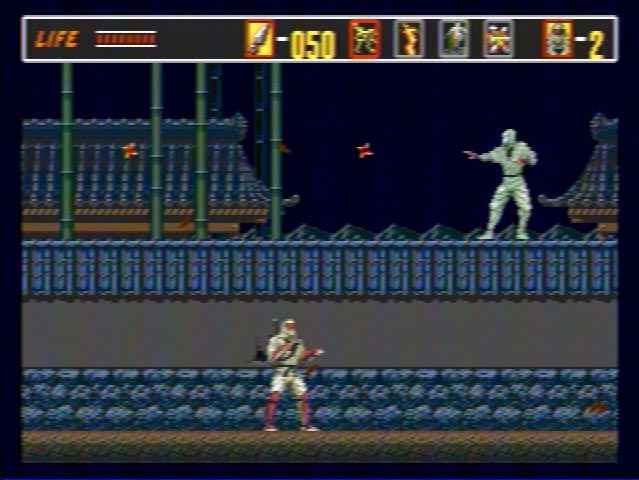
Genesis 1 and 32X
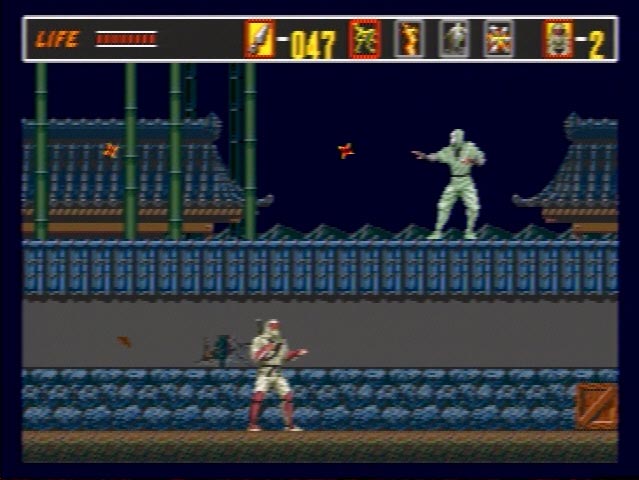
Gens
 Street Fighter II SCE
Street Fighter II SCE
Genesis 1
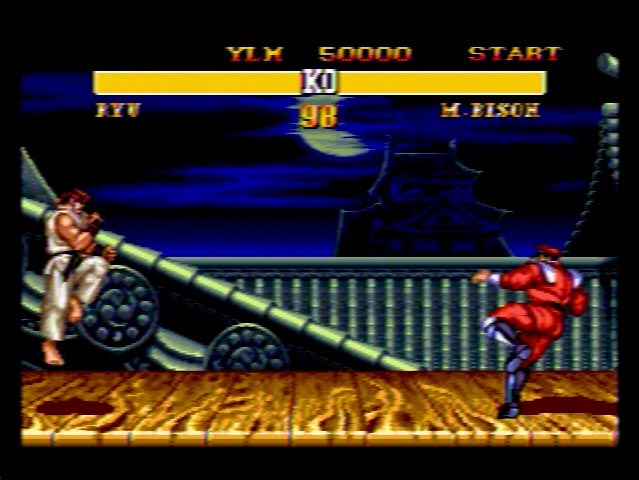
Genesis 1 and 32X
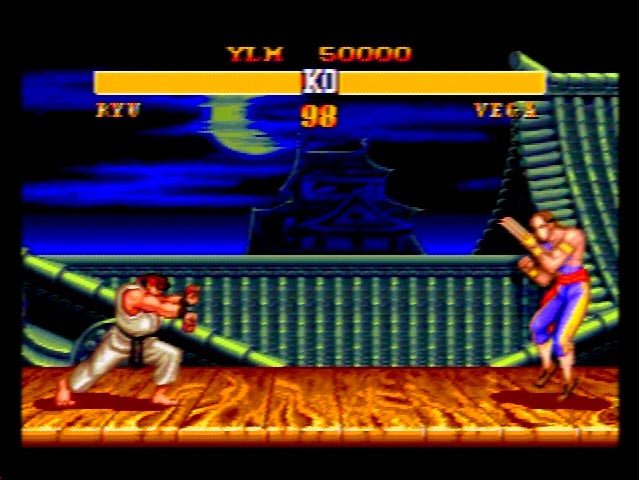
Gens
 Super Street Fighter II
Super Street Fighter II
Genesis 1
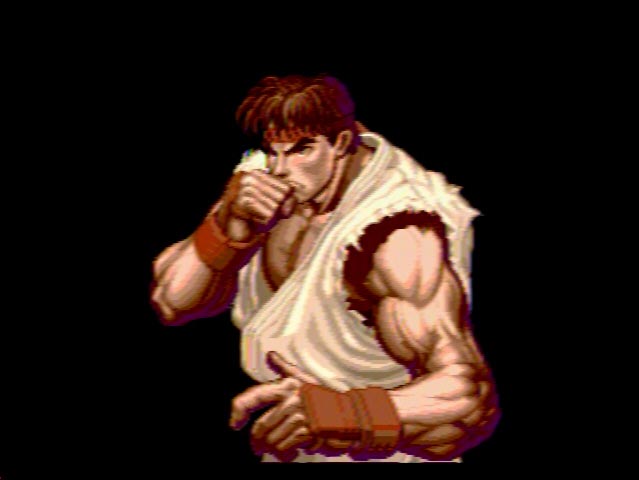
Genesis 1 and 32X

Gens

Genesis 1
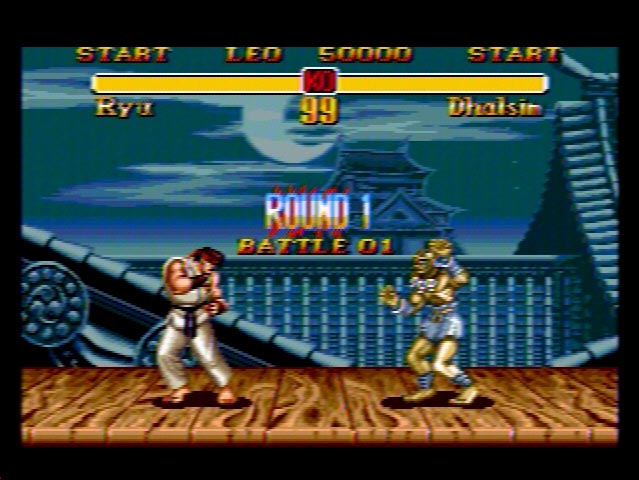
Genesis 1 and 32X
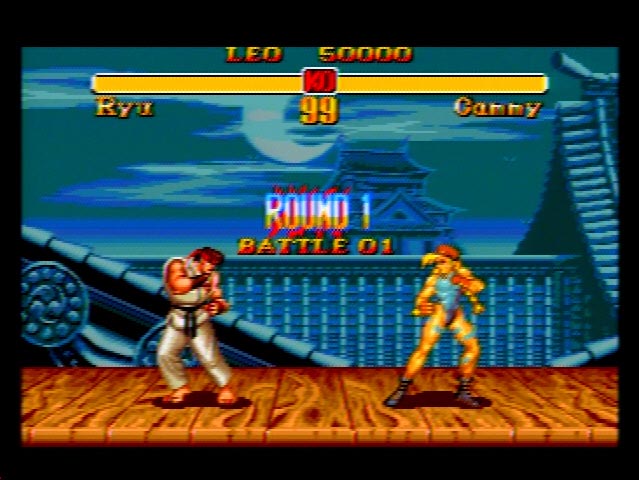
Gens
 Shinobi III
Shinobi III
Genesis 1
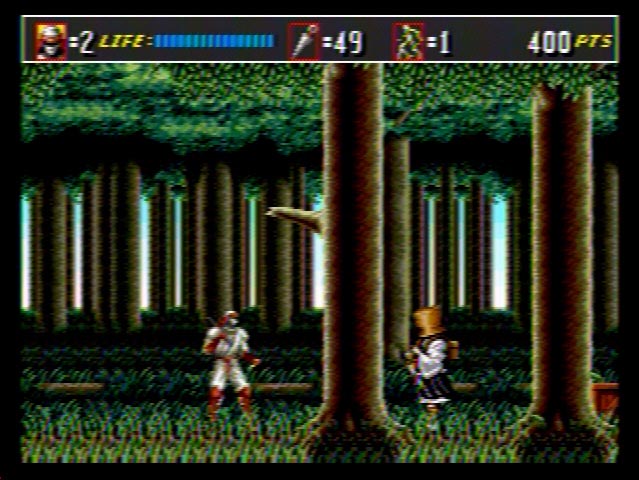
Genesis 1 and 32X
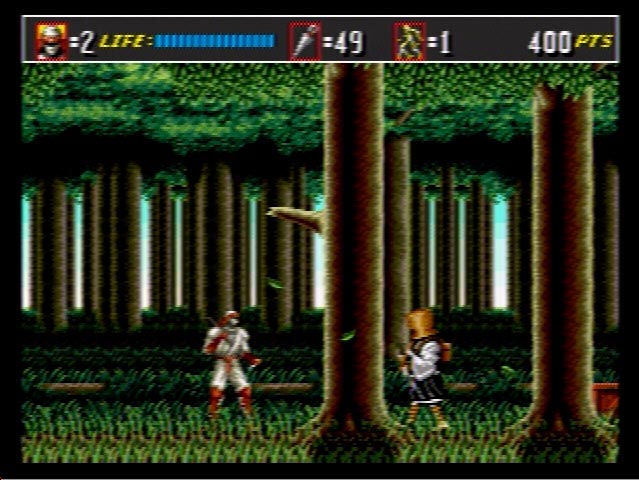
Gens
 Ranger X
Ranger X
X'Eye and 32X
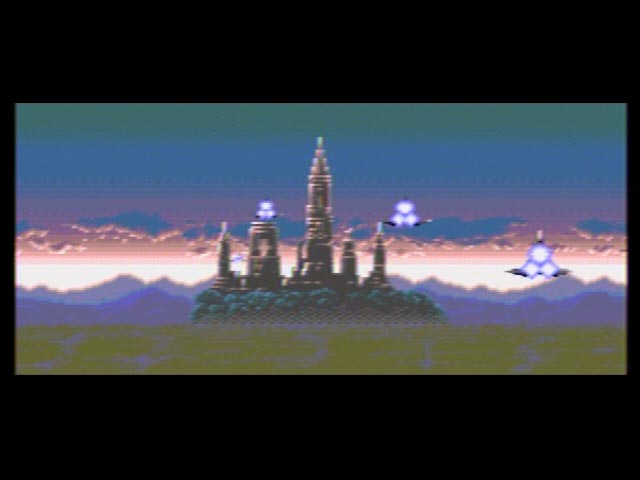
Gens
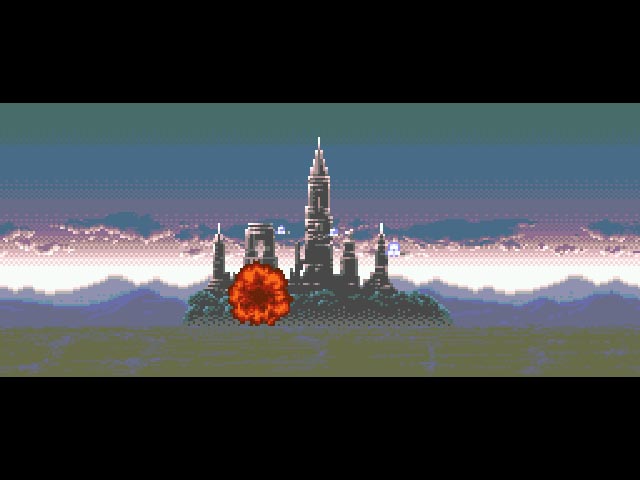
X'Eye and 32X
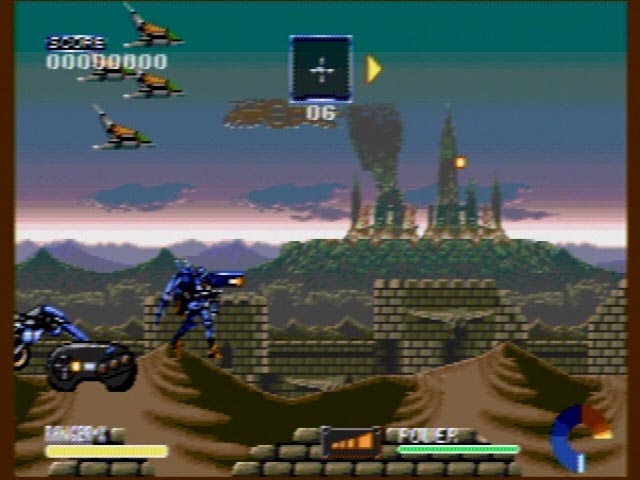
Gens
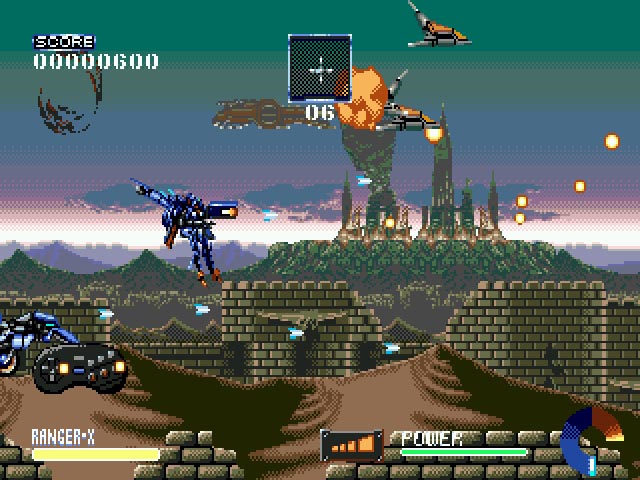 Virtua Racing
Virtua Racing
Genesis 1 and 32X

Gens
 Knuckles Chaotix
Knuckles Chaotix
X'Eye and 32X
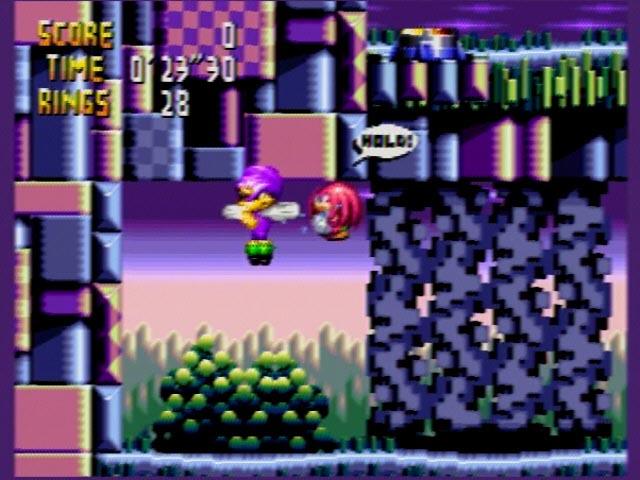
Gens
 Kolibri
Kolibri
X'Eye and 32X
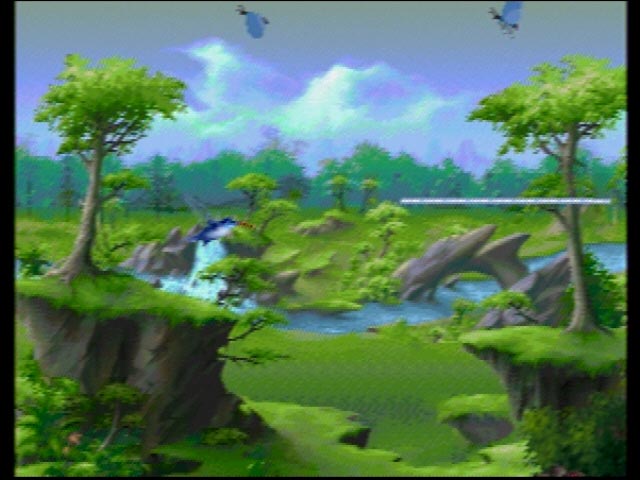
Gens



























